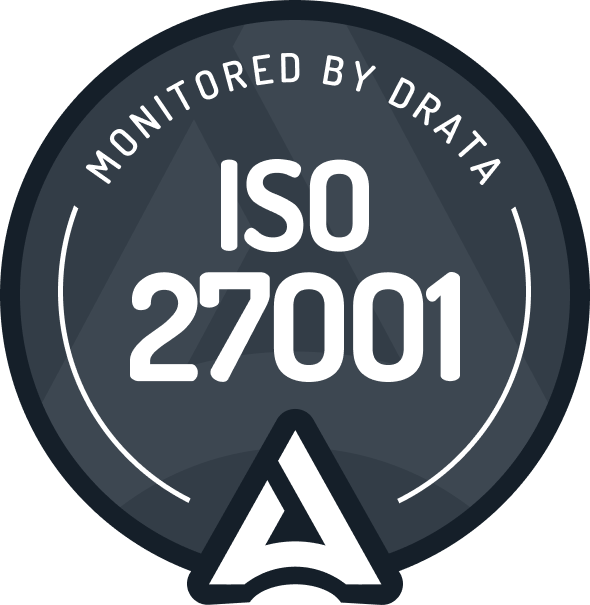Solving the Pay Compliance Problem

Due to the complex regulatory structure and fragmented payroll systems, employee pay compliance is a growing problem for corporate Australia. As a result we have seen many companies in the last few years come under fire from the media and the public for underpaying employees – and it seems this issue is not going away.
Why is payroll compliance proving difficult?
Getting employee pay right is more complex than it first seems. Employee entitlements are determined by a number of different factors such as employment requirements and contracts, interpretation of legislation and dynamic work patterns. Additionally, payment accuracy relies on the sufficient collection of data and maintenance of multiple payroll systems.
Each of these factors can contribute towards differences in the calculation of employee entitlements, not to mention the exponential complexity when these factors interplay with each other.
We see overpayments just as often, if not more often, than underpayments. Payroll compliance issues can be unintentional, due to the complex nature of the factors involved. However, this does not absolve companies of their obligation to get employee pay right.
Key complexities in Payroll Compliance
Complex Requirements
There are a number of legislation and contractual requirements that an employer must consider and abide by when paying an employee.
In Australia, employee payments are governed by the Fair Work Act, the National Employment Standards (NES), applicable Awards or Enterprise Agreements (EA, employment contracts, agreed employment activity patterns, and the actual employment activity that occurs.
Evidently there are different requirements that play a role in how an employee is paid, and companies must keep track of these requirements and how they apply to every employee in the business.
Companies need infrastructure to track and monitor all these requirements, especially if they have employee groups operating under different industrial instruments. It is very likely a larger organisation will have a separate Industrial Relations (IR) function, an internal and / or external legal function with remit across payroll, and potentially even a permanent compliance and remediation function to investigate and resolve possible underpayments.
Complex Work Patterns
Work pattern scenarios add an extra level of complexity again, making data collection hard to manage.
The combination of clauses and potential work pattern scenarios results in multiple data points to be collected, multiple ways to map the data collected against the data required and multiple options for how the pay calculation could be done. Consequently, an employee could be paid different amounts depending on these interpretation choices.
By way of example: an employee working under the General Retail Industry Award works ordinary hours of nine per day before overtime, not including one day a week, where he or she can work eleven hours before overtime.
The employee is asked to stay back one afternoon meaning he or she has worked longer than nine hours on two occasions that week. It then becomes unclear for the employer which day worked longer than nine hours should be counted as the overtime day.
Making an interpretation of how the employee should be paid in this scenario and then collecting the appropriate data so the employee can be paid correctly is tricky, and is not easily executed by any business.
Complex Business Records
Due to human error, record-keeping is an imperfect science for all businesses. Sometimes employees forget to clock on or off, rosters may not be updated, some employees may incorrectly enter codes and misuse software functionality. Presenting a constant challenge for employers seeking to pay staff the correct amount.
As with any human process, it is easy to see how errors occur.
But even the most innocuous errors pose a challenge. For instance, if an employee forgets to clock off, what is the appropriate assumption when calculating that employees pay?
Or, take the seemingly straightforward example of unpaid meal breaks, which are typically 30 – 60 minutes long. Some companies use the time and attendance system to track whether an employee took a break during the shift, but do not record exactly when that break was taken.
Under the General Retail Industry Award, the timing of that meal break could mean the difference between ordinary time and overtime pay. Multiply that over many days and many employees and the numbers start to add up. In this case, rather than being human error, missing data nonetheless has contributed to uncertainty about employee entitlements.
Interconnection
These three separate factors of payroll compliance are complex enough on their own to require substantial compliance infrastructure. Consider what happens when these three factors interplay with each other and one can start to understand why employee pay compliance feels so treacherous to navigate.
How well do we understand our requirements? What assumptions are we making to account for the natural complexity of human working patterns? Where is our record keeping leaving room for uncertainty?
Hidden within the complexity, these alternatives can combine exponentially, resulting in potentially significant entitlement variances over time.

The Solution
Based on these complex factors above, it is evident no payroll system can be consistently relied on to account for changes in regulation, applicability of underlying assumptions, translation of nuanced legal requirements into hard-coded rules, challenges in business record keeping, and human interaction and incentives all playing a part in occasional variances arising.
Continual improvement of payroll systems is, of course, important, as is thorough testing of legislative and contractual changes and updates. However, at some point the law of diminishing returns will apply.
What is the solution, then?
Much like buying a new car, regular maintenance and service checks are the best way to avoid issues and ensure the car is reliable for years to come.
Consider payroll compliance as ‘preventative maintenance’, providing an independent and comprehensive check of your employee remuneration to confirm that all systems are running smoothly.
An independent review promotes confidence and trust in the way you remunerate your employees. An ideal payroll compliance solution runs in parallel to your existing payroll system, containing controls around both the calculations and the interpretations, as well as validating your underlying business records.
Comprehensive payroll compliance solutions include 100% coverage of your workforce, ensuring every individual employee situation is analysed, so that uncommon variances – unlikely to be discovered during sample testing – are identified and resolved. There is a sea of difference between employee entitlements that are correct ‘on average’ across the organisation, and those that are correct for each individual on every pay cycle.
It’s essential that your payroll compliance product includes a third party, independent, data-driven, full coverage assessment of the accuracy of employee pay. We believe that it is vital that all companies adopt a payroll compliance solution because ultimately it will reduce costs, can be used as an asset for the business, and most importantly ensure your employees are paid correctly.




.png)

.png)





%201.webp)


.webp)




.webp)

.webp)